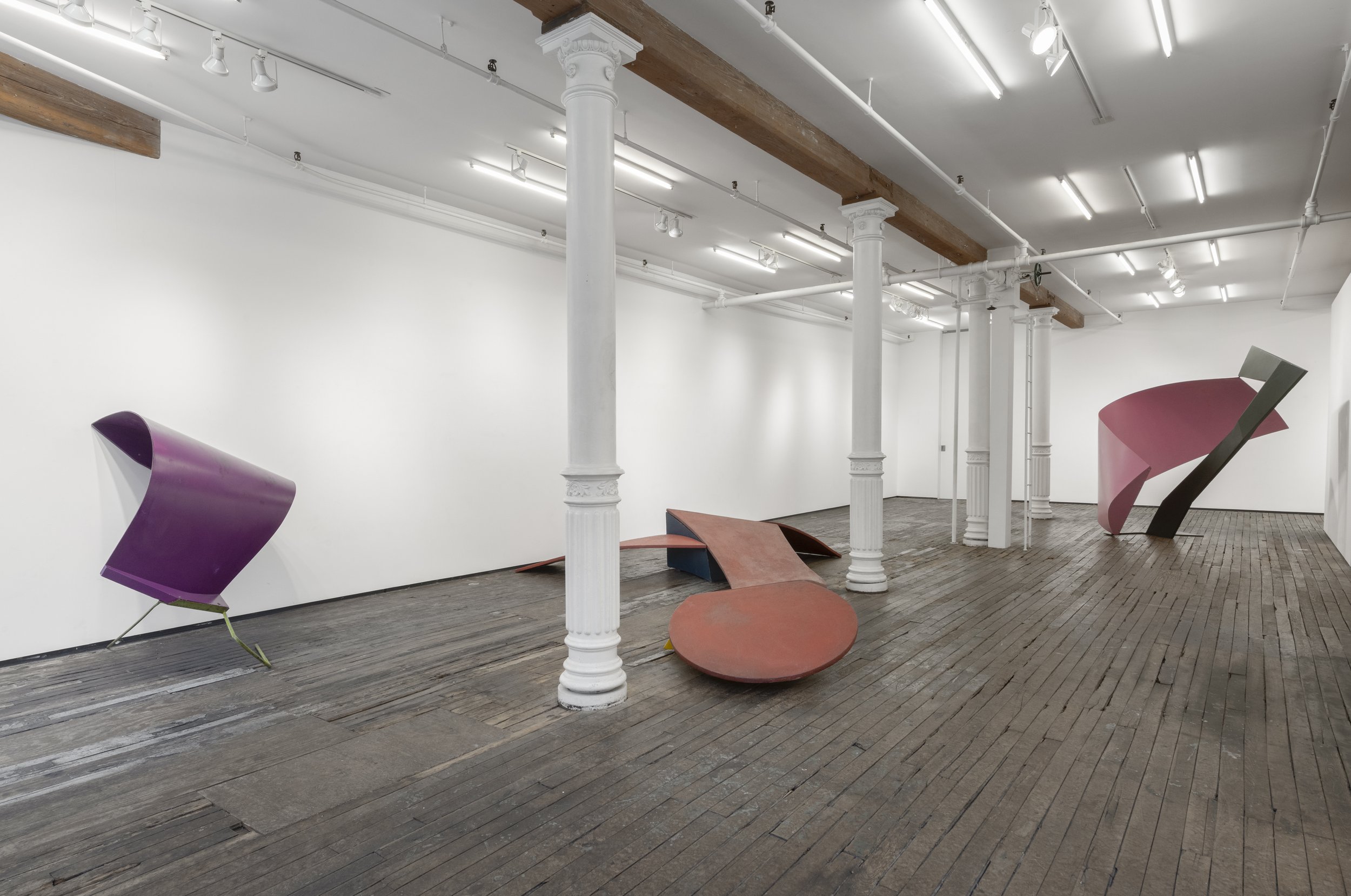
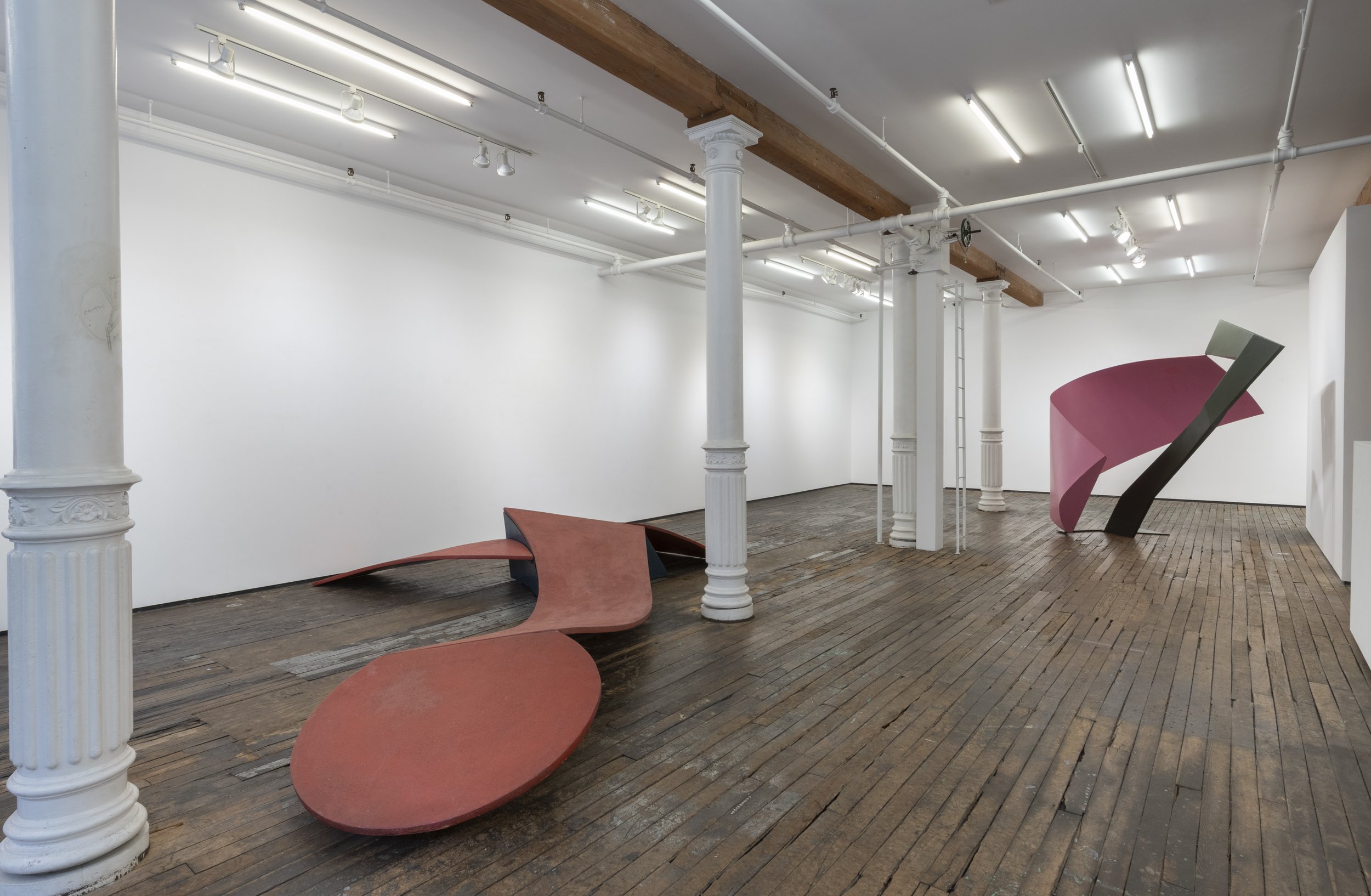
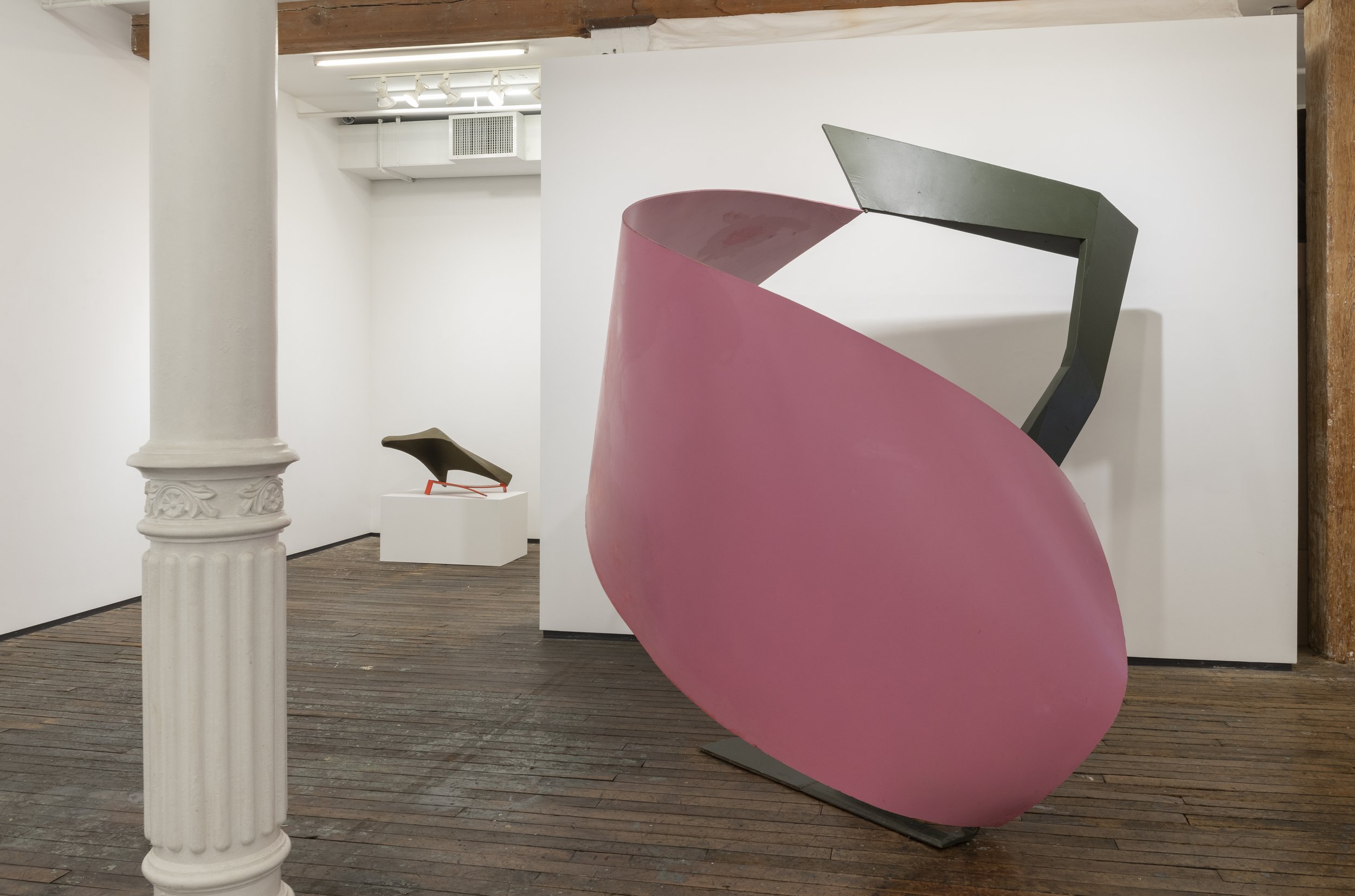

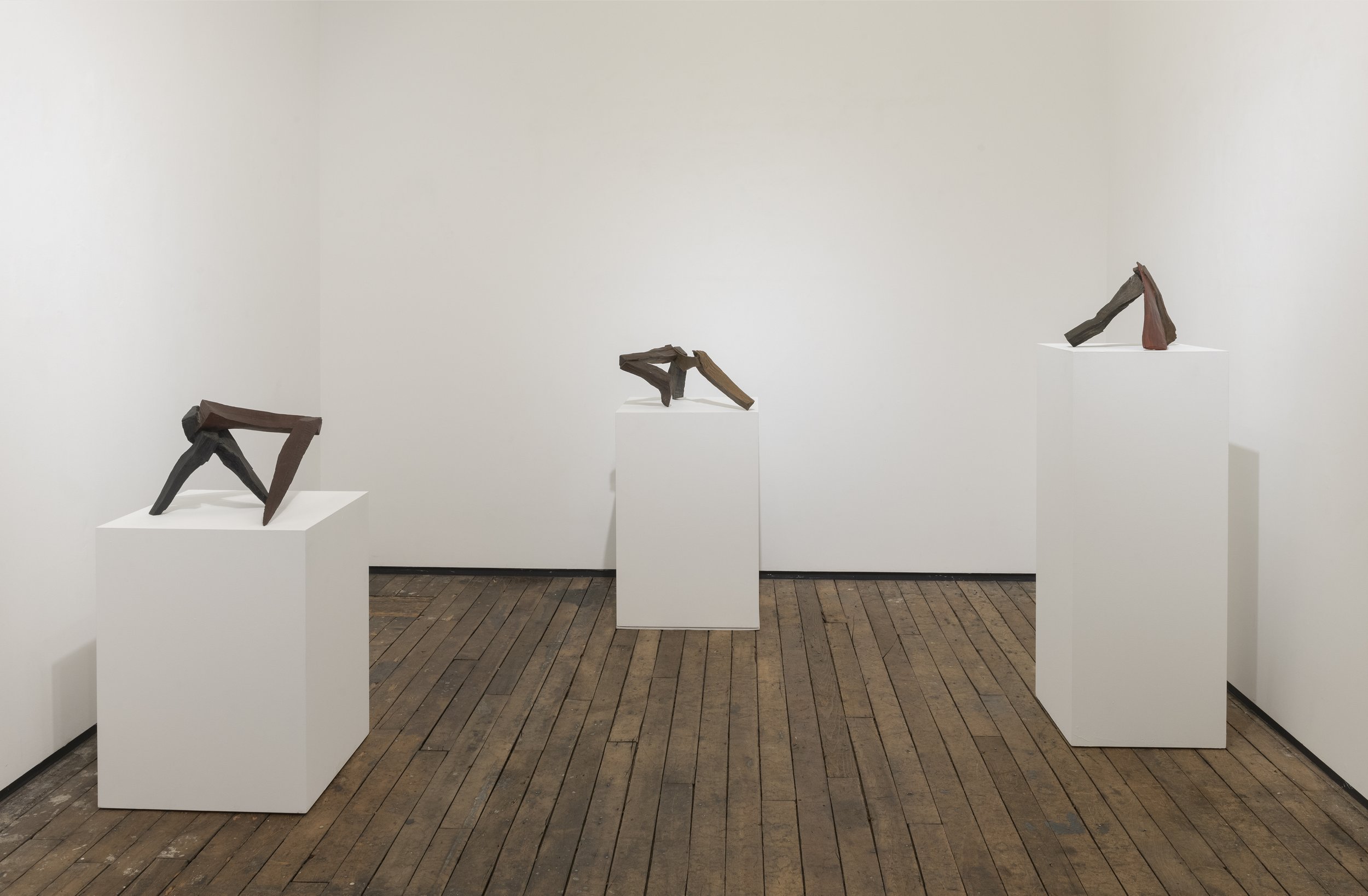
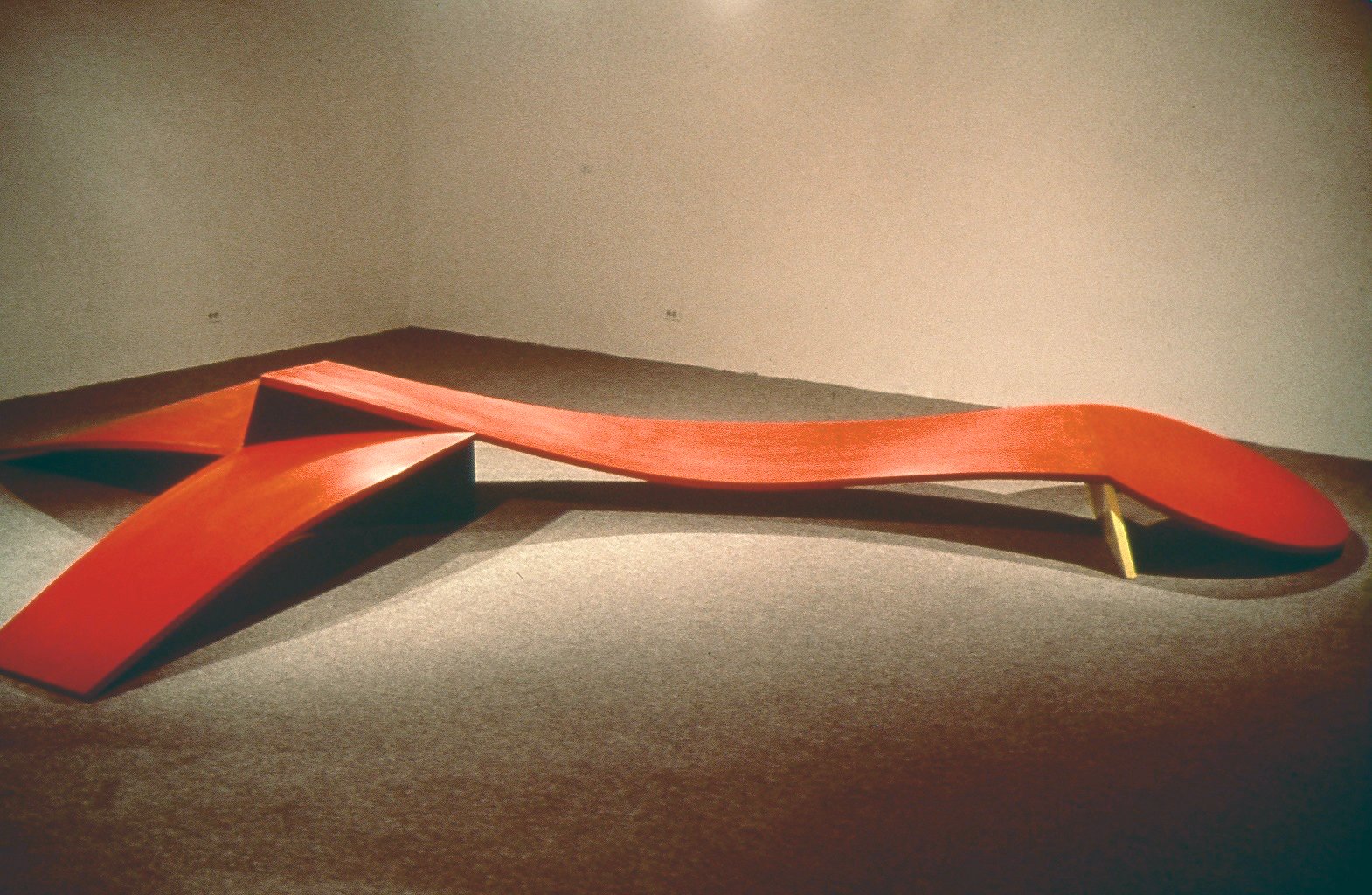
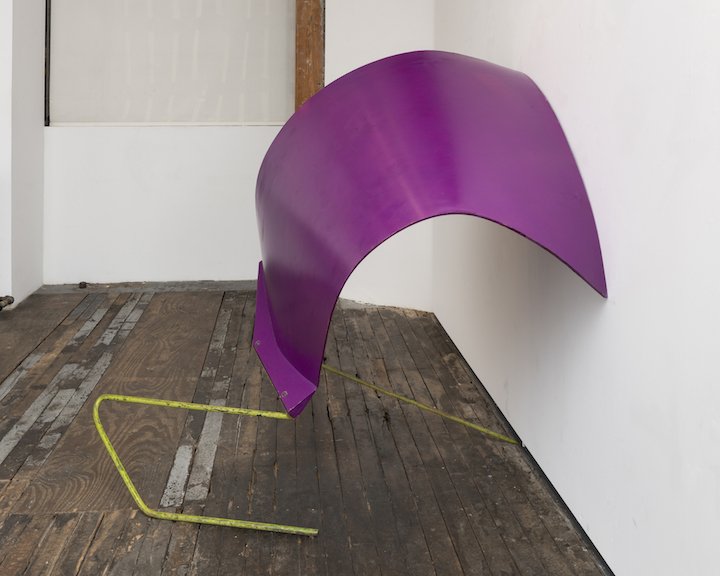
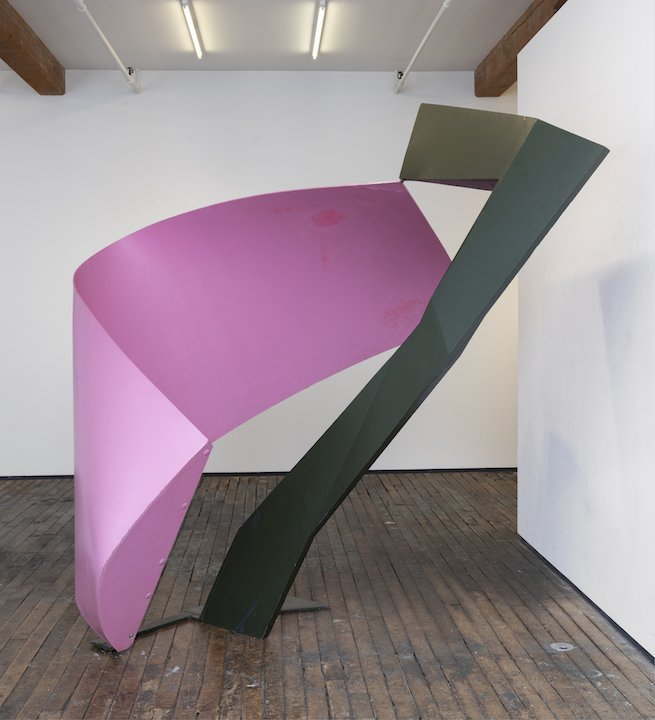
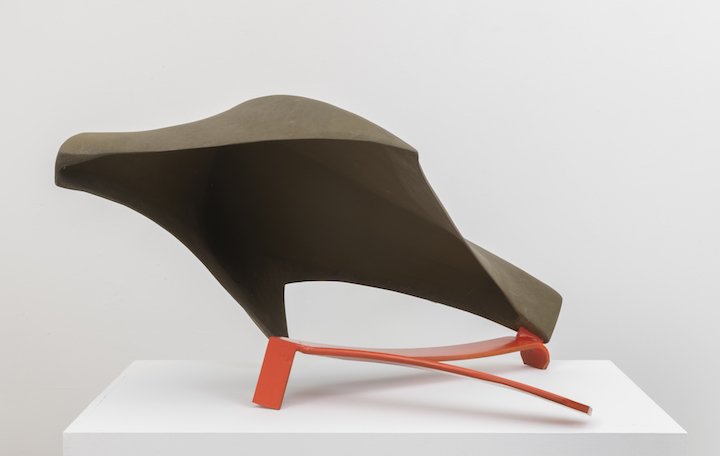
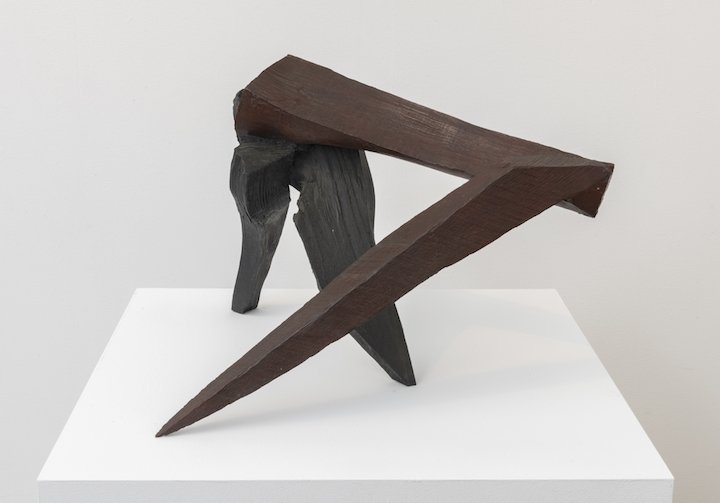
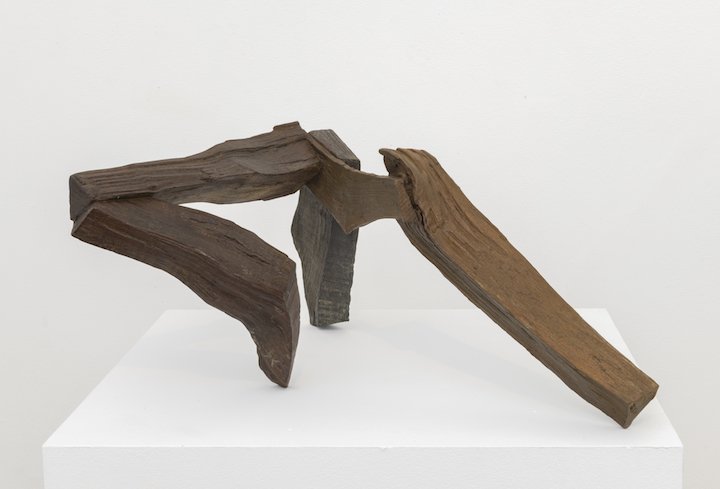
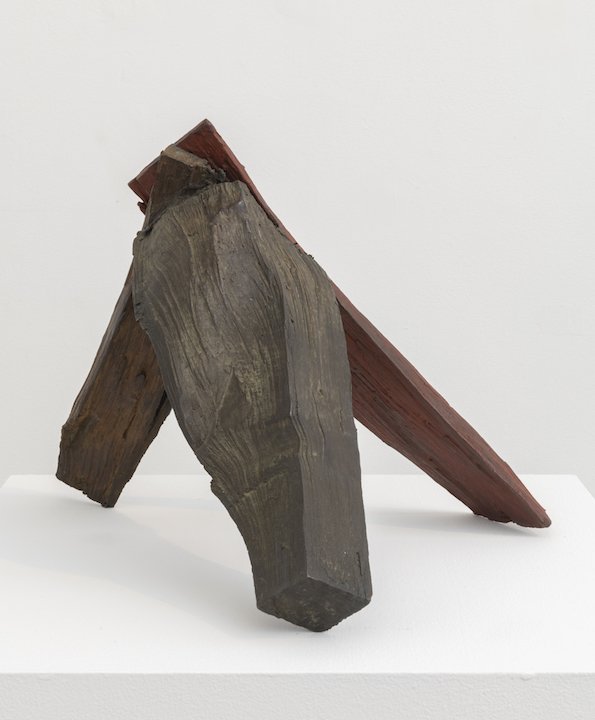
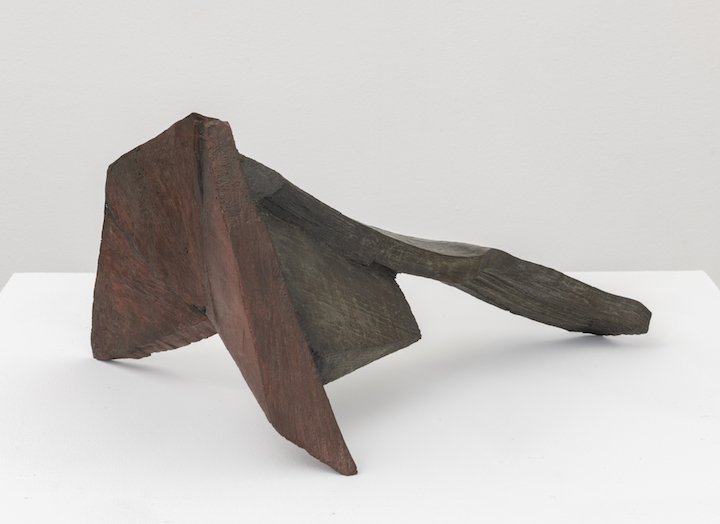
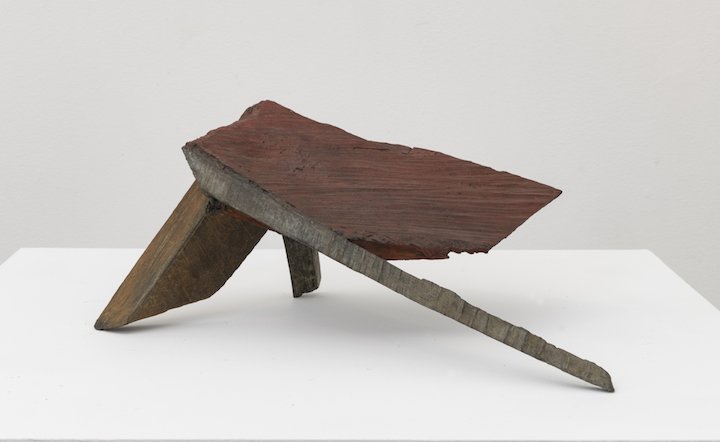
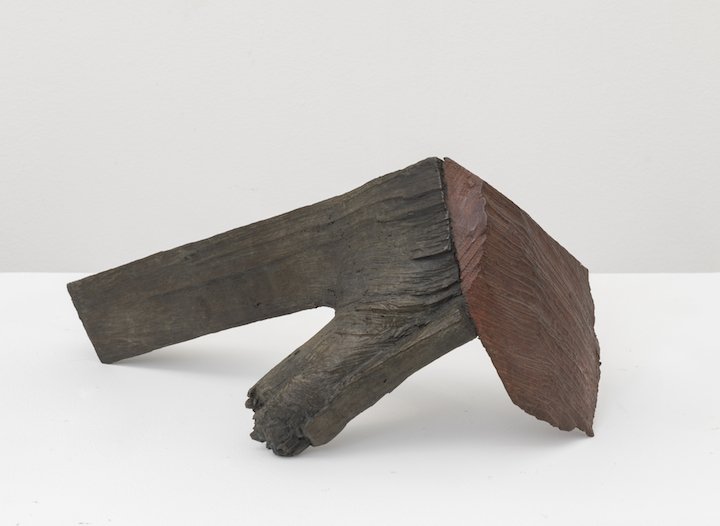
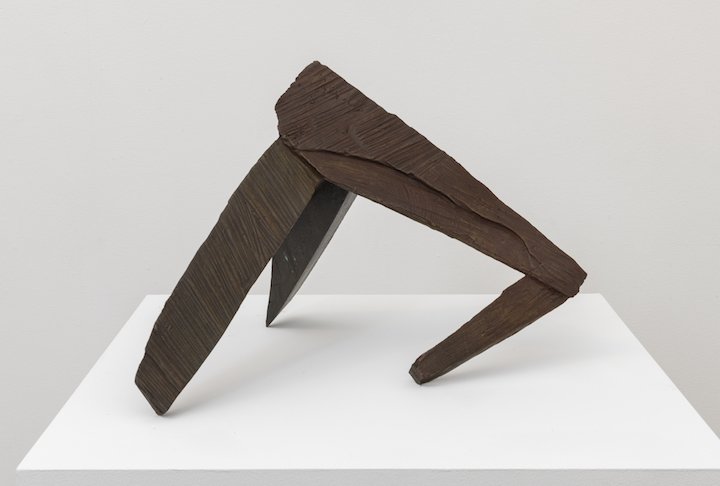

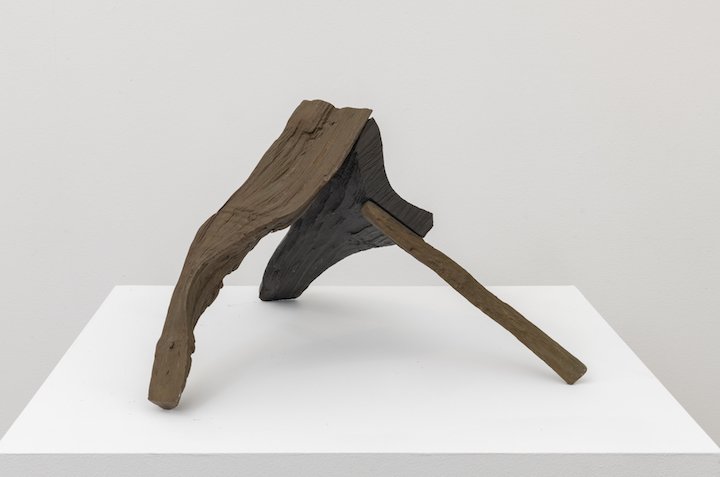
NEW YORK
Tom Doyle
Over Owl’s Creek, 1966
September 16 - November 5
At Zürcher Gallery, New York
Zürcher Gallery presents its third solo exhibition of works by Tom Doyle (1928-2016). This exhibition offers a unique and rare chance to DISCOVER 4 sculptures Tom Doyle had made in1965-67 in his studio on the Bowery. This exhibit follows the show at Zürcher gallery in 2021 which showcased the sculptures Tom Doyle had made in Kettwig, Germany where he had been a guest artist with Eva Hesse - his wife then - for 15 months (1964-65). We are also presenting for the first time a group of unique bronzes, some painted from 2002 to 2015.
“ Doyle’s works are notable for their wide range of allusions, and some of his titles are more whimsical than others. In later years, his titles often invoked sites in Ireland (although Doyle himself was born in Jerry City, Ohio, of Irish heritage, and stylistically, his work embraces an American rustic vernacular). The three main works in this exhibition, dating to a pivotal period from 1965-66, following a year-long residency in Germany, allude to a more home-grown type of historic landscape. Specifically, they reference America’s Civil War battlefields, and the epic struggle for Union and freedom behind them, a topic which fascinated the artist most of his life. Although in no way literal invocations, these colorfully allusive titles help shed light on Doyle’s own internal associations, in bringing his eloquent abstractions into being.” 1
Iuka (1965)
Iuka refers to the battle of Iuka, which took place in the northeast corner of Mississippi on September 19, 1862. By then, General Ulysses S. Grant who was in command of Union forces in western Tennessee was seeking to capture the railroad depot at Iuka .
George Melrod comments: “Though cheerfully colored and highly abstract, Doyle’s 1965 work Iuka can be said to echo the battle in several ways. The large curving purple plane suggests an unfurling flag, but also perhaps the acoustic shadow which muffled the sounds of the conflict to the Union command; the shape itself was formed from painted Masonite, which Doyle wetted then clamped into shape until it set. The two thin supporting posts joined at a right angle can be seen alternately as a soldier’s dynamic legs or the two routes of the Union army. Viewed more broadly, as a small bendy work that seems to fold in on itself, it gives form to the narrative arc of the battle itself – an awkward, unexpected, twisty affair in which the flag still flew at the end.”
La Vergne (1965)
Situated in central Tennessee between Nashville and Murfreesboro – both of them the site of major Civil War battles – La Vergne was a town that changed hands frequently during the war. Although never the site of a full battle, it also was the site of a vital railroad depot, and at least five smaller clashes. The first “Battle of La Vergne” occurred in October 1862, when Union forces defeated a contingent of cavalry under noted Confederate General Nathan Bedford Forrest. Four more clashes occurred at La Vergne between December 26, 1862, and December 1864.
George Melrod comments: " While none of these specifics are manifested in the sculpture, the piece is notable for its dynamic composition and swirling central plane around a sharp vertical marker, which loosely suggests a rifle or a flagpole, and is certainly fitting for a town that was a repeated target for both sides in the war. For all its material elegance, the work offers an almost violent juxtaposition of forms, already boasting the angular intersection of curving elements and vigorous formal counterpoint that would become a signature of Doyle’s later works.”
Over Owl's Creek (1966)
Over Owl's Creek (1966) marked a moment in Doyle's career when he began shifting from smaller sculptures to the large, free-standing works that would define his later career, which used the floor itself as an element to lie across, balance atop and pivot over. The title refers to the 1890 short story by Civil War veteran Ambrose Bierce, 'An Occurrence at Owl Creek Bridge' about the hanging of a Confederate saboteur named Peyton Farquar. Captured while trying to wreck a vital railroad bridge, the unlucky slave-holder is contemplating his fate as the noose is placed around his neck. Through a twist of fate, the rope breaks and he falls into the river, and eluding his captors, he embarks on a desperate journey back home. Exhausted and hallucinating, he at last arrives at his Alabama plantation; but as he rushes to embrace his beloved wife he feels his neck snap back, and the reader realizes that he’s still on the bridge, and the escape was just a fleeting fantasy. In the story’s final image, Farquar’s body hangs lifeless from the timbers of Owl Creek Bridge. Although low to the floor, the composition offers high drama. Laid out horizontally atop the floor, its central flowing form offers an anxious lifeline: suggesting both the bridge itself and the water flowing under it. Over Owl's Creek carries with it its own history, as arguably the first modern sculpture that was made to be walked on by viewers, a template Doyle would examine further in the coming decade with his wood deck pieces. In 1966, it was featured in the seminal sculpture survey at the Jewish Museum in NYC titled “Primary Structures,” alongside works by artists such as Carl Andre and Donald Judd. Composed of several low plywood elements, the work was initially surfaced with linoleum which was later replaced by fiberglass and sand to make it less slippery. 2
“….. Tom Doyle’s remarkable free-standing abstractions were always concerned with conjuring a sense of place: through the hands-on act of sculpting and creating place, certainly, but also via the more ephemeral project of evoking place. Because they are abstract sculptures, the spaces he suggests are abstract, too. But they hint at places that are often real, though often distant in time or space, redolent with history and made palpable through a collaborative leap of imagination with the viewer”. 3
Notes 1,2,3 : George Melrod, Invoking Place, September 2023
Additional Information about Iuka, La Vergne, and Over Owl’s Creek here
George Melrod has written extensively about contemporary art for magazines such as Art in America, Art & Antiques, Sculpture, Details, VOGUE and Los Angeles, and websites such as artcritical and artillery. He first met Tom Doyle in 1993, while writing about his work for ArtNews and Sculpture, and spent many hours talking about the Civil War with him over the years since.
EXHIBITION HISTORY:
Iuka, 1965
1965 WORLD HOUSE GALLERY NYC "Sculpture from All Directions"
La Vergne, 1965
March 1966 DWAN GALLERY NYC / Solo Exhibition
1966 WHITNEY ANNUAL
April 1966/ Vo. 40 No. 6 ARTS MAGAZINE: Cover Photo: "Space Embraced: Tom Doyle's Recent Sculpture" Lucy Lippard
1984 MODERNA MUSEET "VANISHING POINTS" (FLYKPUNKTER) Stockholm Sweden.
Cat. Essay: Carter Ratcliff "Tom Doyle" pp. 76-86
Over Owl's Creek, 1966
March 1966 DWAN GALLERY NYC / Solo Exhibition
1966 JEWISH MUSEUM NYC " Primary Structures"
April 1967 LOS ANGELES MUSEUM OF ART, LA. CA. "American Sculpture of the Sixties"
Cover Photo of "Swedens Cove 1966"
September 1967 PHILADELPHIA MUSEUM OF ART, Phila. PA "American Sculpture of the Sixties"
1984 MODERNA MUSEET "VANISHING POINTS" (FLYKPUNKTER) Stockholm Sweden.
